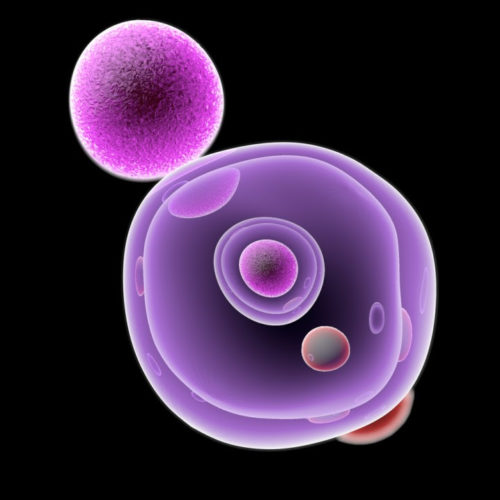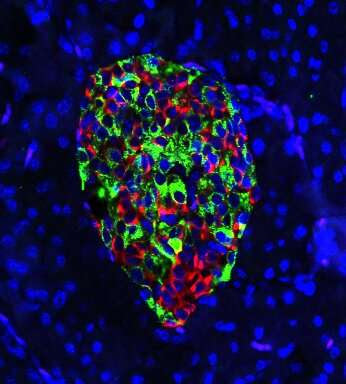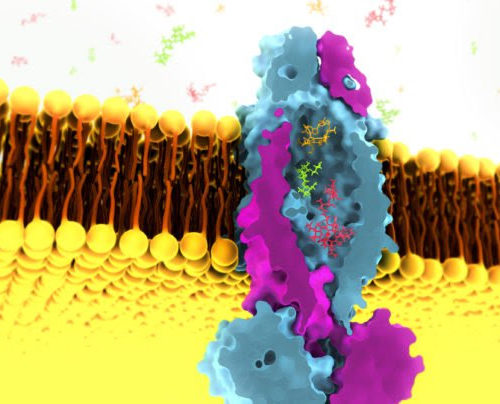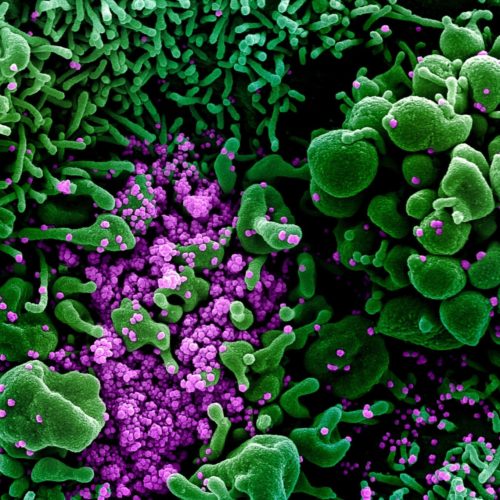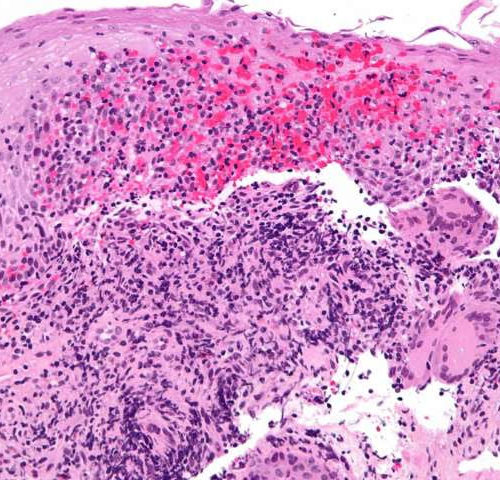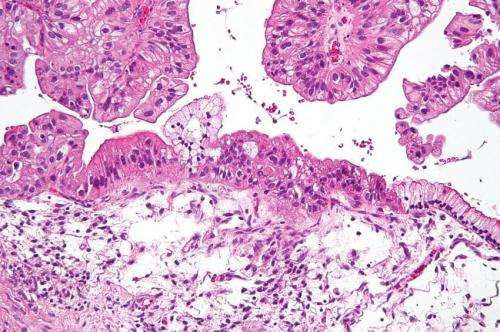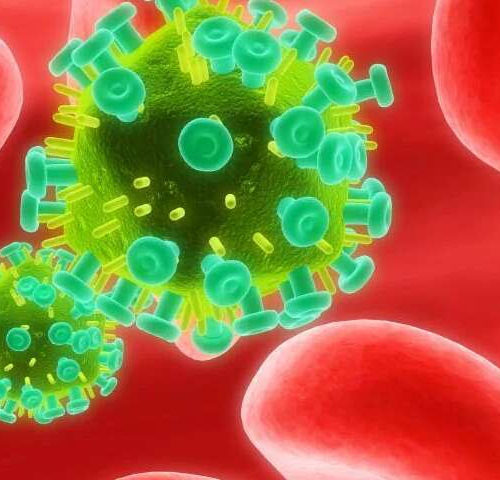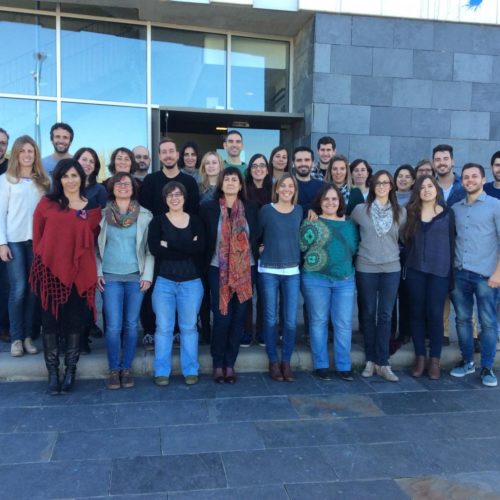By Michael Irving Stanford scientists may have found a way to essentially return older cells to a more youthful state. The adult cells are treated with a mix of proteins from early embryonic development, which removes many of the molecular signs of aging. The cells closely resembled younger ones, and in mouse tests, older animals...
Using machine learning to detect lung cancer DNA in blood
by Bob Yirka , Medical Xpress A large team of researchers affiliated with multiple institutions across the U.S. has found that it might be possible to use machine learning to detect early-stage lung cancer in human patients. In their paper published in the journal Nature, the group describes their work, which involved testing machine learning...
Deleting a gene prevents Type 1 diabetes in mice by disguising insulin-producing cells
by Chris Barncard, University of Wisconsin-Madison Removing a gene from the cells that produce insulin prevents mice from developing Type 1 diabetes by sparing the cells an attack from their own immune system, a new UW-Madison study shows. The cellular sleight-of-hand may suggest ways to prevent Type 1 diabetes in high-risk individuals, as well as...
New type of immunotherapy hinders the spread of ovarian cancer
A new type of immunotherapy that targets macrophages has undergone preliminary testing on mice and shows promise for the future treatment of ovarian cancer; the study is headed by Anders Etzerodt from Aarhus University, Denmark AARHUS UNIVERSITY Malignant ovarian cancer is insidious: Known and feared for vague and uncharacteristic symptoms that often mean the disease...
SLAC researcher discovers giant cavity in key tuberculosis molecule
Researchers from the Department of Energy’s SLAC National Accelerator Laboratory have discovered a strange new feature of a protein that’s thought to be important in the development of tuberculosis: The protein contains a “huge” interior pocket, the likes of which has never before been seen, that appears capable of passing a wide range of other...
Coronavirus is not mutating rapidly, hope for vaccine development
By Angela Betsaida B. Laguipo, BSN Despite the coronavirus infection numbers skyrocketing, there is still good news. A team of scientists found that the novel coronavirus is not mutating significantly, suggesting any vaccine developed to fight SARS-CoV-2 (Severe Acute Respiratory Syndrome Coronavirus 2) would remain effective in the long term. A team of scientists from...
Researchers unveil mechanisms to prevent Crohn’s disease
by The Mount Sinai Hospital In a series of four studies published today in Gastroenterology, a journal of the American Gastroenterological Association, Mount Sinai inflammatory bowel disease (IBD) researchers, describe the identification of predictive tools and a new understanding of environmental factors that trigger IBD. “Early identification of individuals at high risk for disease development...
Experimental medication to prevent heart disease may treat chemo-resistant ovarian cancer
by Garth Sundem, CU Anschutz Medical Campus Most ovarian cancer starts in fallopian tubes. Then it sloughs from its site of origin and floats around in fluid until finding new sites of attachment. It’s not easy for cancer cells to survive away from their moorings. Observations by ovarian cancer doctors at University of Colorado Cancer...
Fostemsavir active in multidrug-resistant HIV-1 infection
(HealthDay)—Amongpatients with multidrug-resistant HIV-1 infection who have limited therapy options, reductions in HIV-1 RNA level were significantly greater in those who received fostemsavir compared with placebo during the first eight days, according to a study published in the March 26 issue of the New England Journal of Medicine. Michael Kozal, M.D., from the Yale University...
New therapeutic strategy against diabetes
Maintaining vitamin D receptor levels in insulin-producing cells could protect against diabetes UNIVERSITAT AUTONOMA DE BARCELONA Maintaining vitamin D receptor (VDR) levels in pancreatic cells that synthesize and secrete insulin (β cells) could contribute to protecting against the development of diabetes and counteract pancreatic cell damage caused by the progression of the disease. This is...

